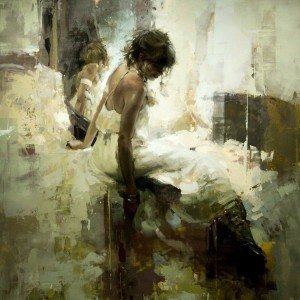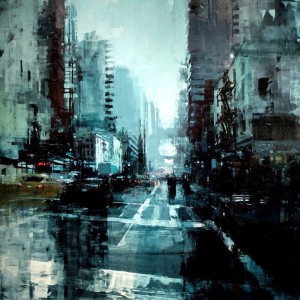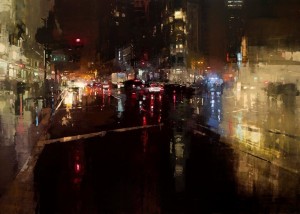Presentations
Faith’s presentation was pretty cool. I liked how she slightly emphasized different campus resources and study abroad as a way to gain experience. She talked a lot about doing what you like while doing projects for classes. I think that is a great way to view your work and how I should be approaching my own studio classes.
I really enjoyed Mary’s presentation. Graphic Design is one of the visual studies programs that I know very little about. I do not personally know anyone in the program, and, oddly, just don’t run into many graphic designers while in the art building. I found the projects she did interesting. I like using projects other majors here and art majors at other universities to test my own abilities and to design personal projects for myself. Thus, I enjoyed that aspect of her presentation.
Although I did not get as much out of Diana’s presentation, I still enjoyed it. She spent a huge portion of her presentation talking about how Drawing II really helped her. I totally agree, but I took Drawing II with her. Because I am an upperclassman here, a lot of what she experienced and said to do, I have already experienced. Therefore, there wasn’t a lot of helpful information for me to relieve. I do think that her presentation was helpful for others in the class.
I am really interested in the interactive game studies curriculum. It is a really different and specialized major, so it is always cool to see what kind of classes they are taking and what things they are making. I had no idea they got the chance to work on so many different platforms. I thought John was a good choice for the presentation, since he is slightly branching out beyond the gaming aspect of his major. I know a lot of students in the major are not sure what to do with it, so I think showing how the skills you learn can be applied different ways is useful.
Websites
http://danigarreton.com/
As far as a site for an artist, this is one of the best ways I think you could set one up. The artist’s name can easily be seen and read. Examples of work are exhibited on the front page. The site itself is clean, organized and can be easily navigated. She has links for different kinds of works, and ways to contact. The downside is that although her artist statement is on a blog that she links to, it is not on her website. She also has links to various social media accounts. I think social media is very important today, especially for a working artist who needs to advertise themselves. Therefore, such links should be easy to find. Her site is user friendly and involves clicking very few times to get to where you want to be.
http://jacolby.com/home.html
I chose this website as an example because it is a decent example of a website that uses a template-based service. Although I find the color and fonts a little bad, I think the general setup is good. His site has easily viewed examples of art, current exhibitions, and a portfolio. His artist statement is on the front page and can be easily found. His site is easily organized and includes a pdf link to his full CV.
http://www.sallysmart.com/
Although this website is a little cluttered and breaks some of my web design pet peeves, I wanted to include it because Sally used the website to showcase her own artistic style. Therefore, her website give the viewer an idea of what her art is like right off the bat; it very much mirrors her personality as a creator. The way the photos of her work show up is a little annoying and could be done better, but I still like how easily navigable her site is and how all the necessary information is easily available.
https://www.artsy.net/
This is not an artist’s site, but I included it for a number of reasons. First, while looking for artist’s websites, I realized many of them just have profiles on larger sites like this one. When looking at the individual artist profiles, I can find good examples of what artist statements can look like. I also think it can be beneficial for an artist to be part of organized databases like this. I, personally, have an account on this website to track artists I like and save works that I find inspirational. It is what I use to do artist research for various studio projects. My dream website would be like an artist page on this site but on a smaller, more personal scale.








